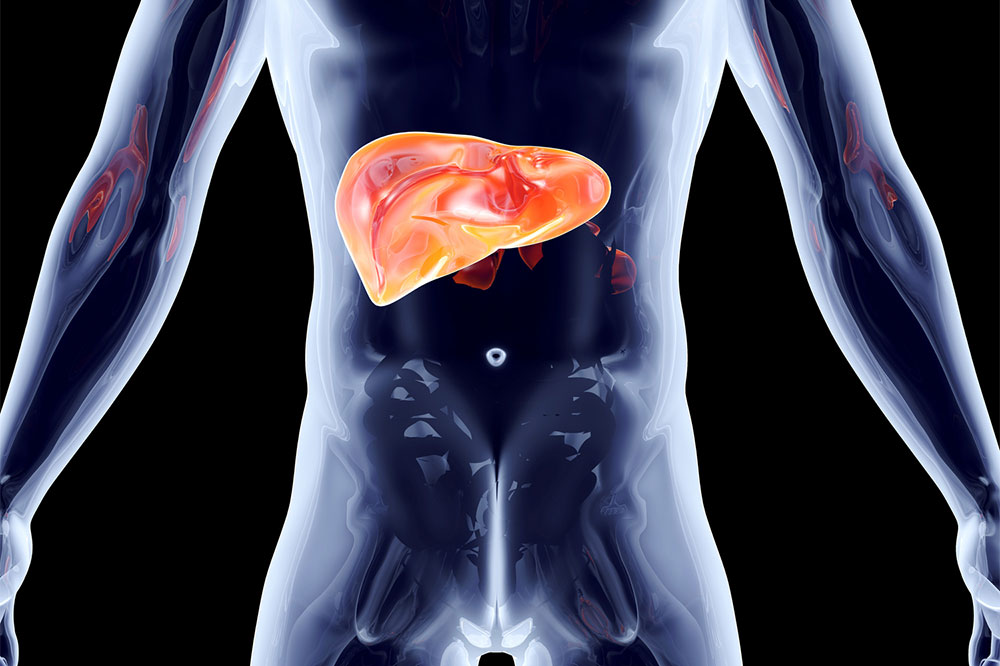Myelodysplastic syndromes – Symptoms and management

Myelodysplastic syndromes are a group of disorders that directly affect the bone marrow and stem cells. As a result, the body’s ability to make healthy red blood cells gets impacted, resulting in several complications. It is also important to note that myelodysplastic syndromes are a type of cancer but are very rare in nature. To better understand the condition, here are a few details about the symptoms and treatment options for myelodysplastic syndromes.
Symptoms
Fatigue
Feeling weak and extremely tired is a common symptom of myelodysplastic syndromes. It happens because of anemia, which is a result of the body’s reduced ability to produce red blood cells. One may also notice that this fatigue or weakness does not seem to reduce or go away even after adequate rest.
Paleness
The skin becoming unusually pale is another symptom that occurs due to anemia when the body cannot produce enough red blood cells. A doctor may also notice signs of paleness in the inner part of an individual’s eyelids or the inside of their mouth and nose.
Easy bruising
One of the types of myelodysplastic syndromes can also reduce the body’s ability to produce platelets. Since platelets are responsible for blood clotting, their low count can lead to easy and unusual bruising. It can also cause easy bleeding that does not stop quickly.
Shortness of breath
Due to myelodysplastic syndromes, one may even experience shortness of breath, especially during physical activity.
Red spots under the skin
One may even notice small, pinpoint-sized red spots appearing under their skin. These are called petechiae and are a sign of bleeding under the skin.
Frequent infections
A subtype of myelodysplastic syndromes can also hinder the body’s ability to produce white blood cells. As a result, the body can not fight off infections. So frequent infections could also be a symptom of myelodysplastic syndromes.
Treatment options
The treatment options that a doctor will prescribe for myelodysplastic syndromes, will depend on the type and subtype of the syndromes. They may also depend upon one’s age and the symptoms one has. Here are a few of the treatment options for myelodysplastic syndromes, that a doctor may prescribe:
Blood transfusions
If one is experiencing anemia, meaning a low count of red blood cells, their doctor may prescribe blood transfusions. This involves the transfer of healthy red blood cells from donors to improve the body’s red blood cell count.
Immunosuppressive therapy
This therapy is prescribed to try to suppress the body’s overactive immune system so that it can stop attacking the bone marrow. Once that happens, the body can begin producing healthy red blood cells and increase their count. This therapy can also reduce the need for blood transfusions.
Stem cell transplant
This treatment option involves the individual undergoing chemotherapy to clear out unhealthy blood cells from the bone marrow. Once that is done, the stem cells in their bone marrow are then replaced with healthy stem cells, which can either be from the donor, or from their own bone marrow, but taken before the chemotherapy.






